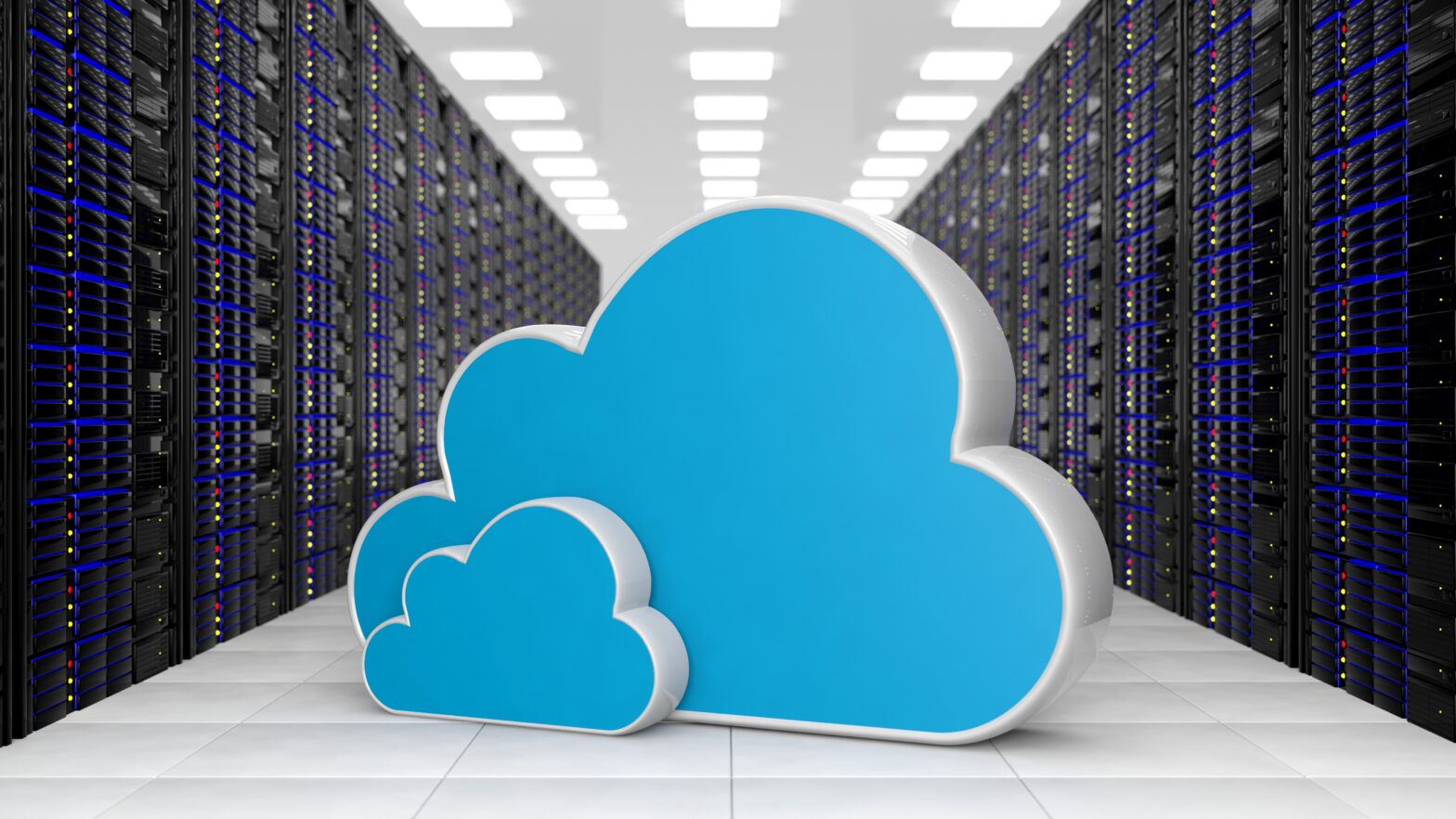Cloud computing is on the rise. With improved security features, scalable storage options and pay-as-you-go packages, it’s easy to see why so many businesses have already migrated their data storage to the cloud. If your business is considering adopting cloud services for storage, we’ve researched the risks, benefits and practicalities to help you make the move.
The benefits of cloud storage
Growth
With a Cloud Service Provider (CSP) you can scale your storage options up or down to meet the demand of your company, meaning that as your business expands, your storage can increase to accommodate it.
Cost
By storing your data in the cloud, you pay a regular subscription fee that covers all agreed services. This means that you avoid hidden and unplanned costs such as repairing and replacing hardware. Because of this, your company also benefits from the latest tech advancements without having to invest up front.
Security and compliance
Despite the perceived security risk of cloud storage, it is now often considered to be much safer to store data in the cloud. Most CSPs have a team of expert staff who deal exclusively with security and this means they can respond to threats and update patches immediately.
Similarly, allowing your CSP to manage your data protection compliance, using their up to date knowledge of industry regulations, will free up your IT team to focus on innovation and efficiency, helping your business stay ahead of the competition.
Business continuity
Migrating your data storage to the cloud is a key part of a strong disaster recovery strategy. Because cloud storage allows you to back up your data on multiple servers in different regions of the country, when disaster strikes, your data will be safe and accessible allowing you to continue business as usual.
Productivity
Cloud storage allows companies easy, remote access to data from anywhere in the world. This can boost productivity by allowing employees to work from home or stay connected when out of the country and this technology also means that employees can collaborate on a ‘live’ document in real time from different locations, streamlining the sign-off process.
Migrating to the cloud
What’s the cost?
Moving your data storage system is going to cost time, money and resources. Find out whether your CSP offers migration support and what it entails. Then allocate skilled staff to manage the switch. Work out how much downtime you can afford to have and plan accordingly.
Are you tech ready?
Before you make a major change to your business procedure it is important to make sure you understand all the practical implications of the move. Will your existing apps and programs be supported by the new system? Are any of them interdependent and if so, can you move them together? Consider whether your CSP uses the same APIs as you or if you will need to rewrite your apps for the move. Work with your IT department to come up with a migration plan and stick to it!
The risks of cloud storage
Cloud storage solutions have historically been considered risky when it comes to security. Because each CSP stores valuable client data on the cloud, they have become an attractive target for hackers. There have also been concerns that the complex infrastructure of the cloud would prove too challenging for effective security coverage.
However, in recent years CSPs have been investing heavily in solutions to these problems and prioritising data security as a feature of their services. They have introduced advanced encryption, multiple levels of authentication, and automatic backup systems amongst other solutions to help mitigate threats and now, because there is so much competition between CSPs, there is a basic guarantee of reliability and transparency when it comes to security.
Many service providers have started to offer offline accessibility to allow for data access even during connectivity disruptions and compared to the risks faced by in-house or data centre storage such as power outages, hard drive failures and theft, the risks are comparatively low. As Amir Naftali, co-founder of FortyCloud points out
‘No solution, physical or cloud, can guarantee that a breach will never, ever, occur,’ ‘The security challenge is to control access and find vulnerability, no matter if the data is cloud-based or on-premise.’
Choosing a CSP
So you’ve made the decision to migrate to a cloud storage system, now you just need to find the right one for your business. When researching Cloud Service Providers, keep in mind the main reason you decided to migrate your system and find a Service Level Agreement (SLA) that matches your priorities.
When you are deciding on cloud migration strategy, you need to be able to identify which workloads are best suited for your infrastructure. Whichever CSP you decide to go with, you will need to make sure that they can support your applications. If you need to change your application structure to support their system, you’re doing it the wrong way around.
For each of your applications, you need to consider:
- Performance
- Security
- Reliability
- Recovery
- Storage Requirements
And for each of these considerations, you need to identify:
- What applications you want to move
- What skills you need
- What your strategy will be
- What partnerships or ecosystems will serve you best
Here are some questions to focus on in your research.
Security
Find out what how the CSP manages its security. How is your data protected both in transit and in storage? How does it monitor access and at what point are you alerted when there is a red flag? Work out if you want to retain partial responsibility and control over data security (and what this involves) or if you want to hand it over to the CSP entirely.
Business Continuity
Research the CSP’s disaster recovery strategy and compare it to the needs of your company. How do they back up the data and what are their estimated recovery times. Could you work with what they’re proposing or do you need something faster?
Compliance
Consider the compliancy requirements of your business and those of your clients. Does the CSP commit to maintaining compliancy on your behalf? Remember that at least for the time being, UK based companies are bound by EU data processing laws which state that personal data should not be transferred outside the EU.
Costs
Choose an SLA that will suit your existing budget but also consider the costs of growth. Consider how much storage space you’ll need now and in the future. If you’re anticipating growth, find a CSP that provides scalability at a reasonable price.




